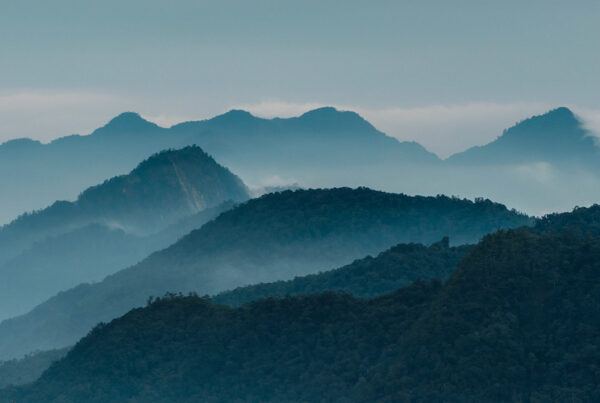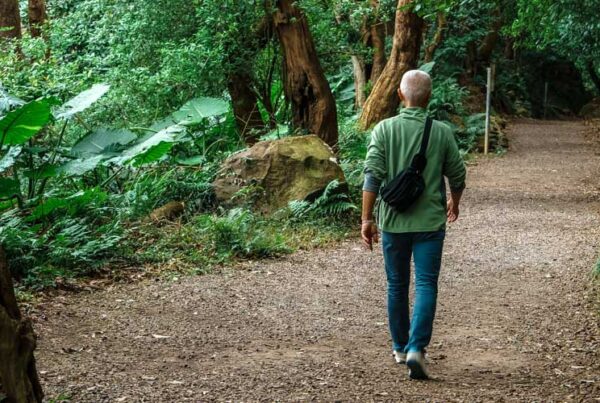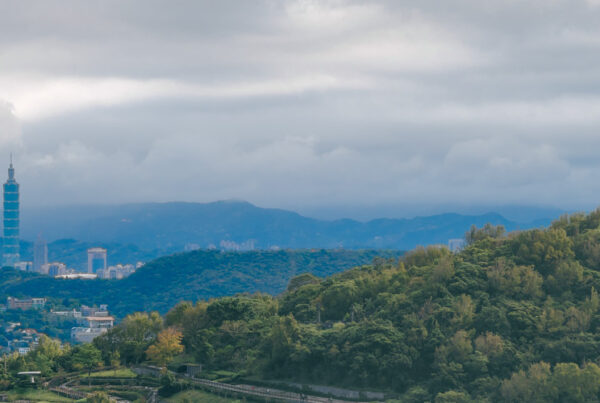Visiting the National Forest Recreation Area on a Saturday in Late March
TEXT & PHOTOS / TWELLI
The Taipingshan National Forest Recreation Area in Yilan County definitely deserves more than one day, but when I was invited by the Forestry Bureau to go on a one-day trip I immediately said Yes. It was a very enjoyable trip.
This was my third visit to Taipingshan. A few years ago we spent a day there, discovering Cuifeng Lake and Jianqing Historic Trail. In late 2019 we rode the Bong Bong Train and walked through the forest around Maoxing Station. Both times I just loved to be in the forest and take in the fresh air and enjoy the magnificent scenery. This time we would go on a short walk along the Cypress Forest Trail, just above the Taipingshan Villa. We would also learn about a natural trail near the Jiuzhize Hot Springs.
This trip was made possible by the Forestry Bureau and the Taiwan Thousand Miles Trail Association. The Forestry Bureau is in charge of the national forest recreation areas around Taiwan, including Taipingshan in Yilan County. The Taiwan Thousand Miles Trail Association is a non-profit organization that was established in 2006 with the goal of preserving the natural beauty and cultural heritage of Taiwan through a network of hiking trails around the island.
Last year we did a memorable 4-day trip to the national forest recreation areas at Alishan in Chiayi County and Kenting (Kending) in Pingtung County. What I really liked about that trip was how much knowledge about the areas was presented to us by the staff (including many volunteers) of the Forestry Bureau who accompanied us and showed us around. I was really impressed by not only the knowledge but also by their dedication and passion for the natural environment and its preservation. And that was one reason why I was looking forward to visit Taipingshan this time.
On the Way to Taipingshan
From Taipei, it takes about an hour to reach Yilan County by bus via Freeway 5 and through the 20km Xueshan Tunnel. From the Lanyang Plain it takes another hour or so to get to the Taipingshan area via Provincial Highway 7/7a.

During the bus ride we were presented with plenty of information about Taipingshan. We learned about how the area was discovered during the Japanese colonial period, how the logging history started, and how later it became a forest recreation area. In a documentary we saw how the building housing the Taipingshan History Museum had been painstakingly rebuilt from a dilapidated structure dating from the Japanese period (the museum, located in the main Taipingshan area, was opened in 2006, but is currently being renovated).
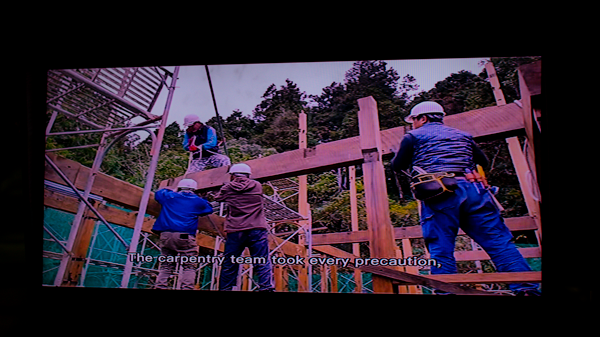
Highway No. 7 takes you from the Lanyang Plain through the Lanyang River Valley. During the dry season the wide river bed is used as farmland to grow water melon and other crops. You’ll pass a few indigenous villages, inhabited by members of the Atayal tribe, including Songluo from where you can start a walk along the Songluo National Trail and hike up to Songluo Lake.

You’ll cross the Lanyang River just after reaching the Qilan Resort (also spelled Chilan or Cilan) where we stayed on our last Taipingshan trip. The resort is part of the Makauy Ecological Park, which is managed by Park Lealea Hotels & Resorts. I highly recommend staying there and go on a guided tour to the Divine Trees Garden where you can marvel at a large number of tree giants a few thousand years old. Here’s a video of our visit to the divine trees:
Then, on the other side of the bridge you take a left turn and start your ascend to the Taipingshan area, which sits at an altitude of about 2,000 meters above sea level. You’ll first pass what is remaining of the old Tuchang Railway Station (old locomotive and train cars). This is where the trains transporting timber from the forests of Taipingshan would start their journey to the town of Luodong on the Lanyang Plain.
A bit further up, you’ll come to the toll station of the forest recreation area. Tickets are NT$150/pers. on weekdays and NT$200 on weekends and holidays. If you drive/ride yourself, it’s NT$100/car, NT$20/motor scooter.
Taipingshan Visitor Center
Next up you come to a fork in the road where you can turn right to visit the Jiuzhize Hot Springs, which we did in the afternoon. Continue straight for Taipingshan. Then we made a brief stop at the Taipingshan Visitor Center, housed in a pair of two wooden buildings. Inside you find interesting info about Taipingshan.




While the others in our group watched a short introductory video, I decided to have a look around outside. Right by the parking lot of the visitor center is an old pitch-black steam engine from the logging days and behind that the start of a very short trail, the Zhongjian (Jhongjian) Circle Trail.


There is not much to see there, but you can compare the natural environment here with the one you’ll see further up the mountain later on. There’s quite a difference in plant life due to the difference in altitude.



Taipingshan Villa Area
From the visitor center to the main area of Taipingshan, it’s a further 20min. driving on the steep and winding road. You get great looks down to the bottom of the Lanyang River Valley on the way up.

We had great luck with the weather. Taipingshan is known as a place where it rains most of the time, and clouds roll in quickly to cover everything in grey. On this day, however, the sky was bright and blue, at least in the morning.

The main area of Taipingshan is a cluster of houses, including the Taipingshan Villa, one of only two places offering accommodation in the forest recreation area (the other is Cuifeng Villa at Cuifeng Lake, which has just three rooms for a total of eight guests). The total number of available beds at Taipingshan is less than 100 and since demand is high, you have to make reservations well in advance.
There is a visitor center and a small shop where you can buy snack foods and boiled tea eggs. Walk up the steep steps to get to a large restaurant and a café. Further up is the Bong Bong Train station and the aforementioned Taipingshan History Museum.



We did take the Bong Bong Train at the end of 2019 and it was a fun ride. For me it’s one of the must-do’s when visiting Taipingshan. The ride takes about 20 minutes one way and you will arrive at Maoxing Station from where you can go on a walk through primeval forest with lots of interesting trees. For more info on the train look here (at the bottom of that page you’ll see links to the video I made and the article we wrote, nice!). Here is the video:
Cypress Forest Trail
Not having much time on this day we didn’t take the train, but instead walked up the Cypress Forest Trail. It’s mostly boardwalk and chances are that there are tourist groups, especially on weekends and holidays, but the trees along the path are beautiful nonetheless. The loop trail begins at the small bright-red Zhen’an Temple. Originally built by the Japanese as a Shinto shrine it is now dedicated to Koxinga, the Ming loyalist who expelled the Dutch from Taiwan back in the 17th century.




From the temple we walked on the boardwalk trail further up looking at the interesting vegetation. It’s always helpful to have local experts at your side who can tell you a bit about the natural environment, and we had. First we were shown a dead tree with an unusual branch. Look at the image below. Can you see the tiny statue of the Virgin Mary or the Guanyin Bodhisattva?


Look out for the cute flowers.


And the highly peculiar trees


One of the interesting things to see is how young trees are growing out of old tree trunks, creating cool “multiple generation trees”.

If you bring more time and want to walk further up the mountain, you can walk the Taiwan Hemlock National Trail, which is more natural and takes you to a great lookout platform. Unfortunately we didn’t have the time.


After returning to the Taipingshan Villa area we noticed that the weather had changed dramatically. A thick cover of clouds had descended and the great views were no more.

We did have a fine lunch at the Taipingshan Villa Restaurant. They serve dishes made with fresh produce from Yilan, which is known for its agricultural products. I bought a coffee in the Yunhai Café opposite the restaurant too but, like last time, the quality was unfortunately not up to the standard I am used to in Taipei’s coffee scene.
Jiuzhize
For the afternoon we wanted to visit the Jiuzhize Hot Springs area we had passed on our way up to Taipingshan. I did do the hot-spring bathing there on our first Taipingshan visit and enjoyed it quite a bit. They have a large public pool area and you can take a bath sitting in large hollowed-out stones filled with hot-spring water. You can see me bathing in this video (from the 12min. mark on):
This time, however, we did not come for the hot springs but for the nature trail across the river from the hot-spring area. You can get there by crossing a suspension bridge.

On one pillar of the bridge you can see the image of a beautiful butterfly. This is a Papilio maraho (didn’t find any common English name), the national butterfly of Taiwan. It feeds on the Taiwan Sassafras tree, which you can see in the Taipingshan area. The butterflies come down to the river at Jiuzhize to drink, hence the image on the bridge


The Jiuzhize Nature Trail is actually being rebuild right now, and that’s the reason why we wanted to check it out. It is one example of the great work done by the Taiwan Thousand Miles Trails Association. Members of the association who accompanied us on this trip explained to us in detail how they go about fixing up trails that are in bad shape, due to overgrowth or landslide damage.



If you are interested in the work of the association and perhaps want to join them as a volunteer, make sure to visit their website.
Jiuzhize being much lower in altitude than Taipingshan, naturally the vegetation here is more of the subtropical variety with lots of fern to be seen.


In the old days, before a road was built up to Taipingshan, the timber was brought down from the mountains via a ropeway (or cable yarding) system, with Jiuzhize (or Renze) one of the stops along the way. You can still see some remnants from those old logging days today.


The timber was further transported to Tuchang where it was loaded onto trains bound for Luodong on the Lanyang Plain. If you want to see how the operation worked, here is some great footage (no sound):
We soon reached the end of the currently fixed-up trail. There you can see how the overgrowth has made walking difficult if not impossible.
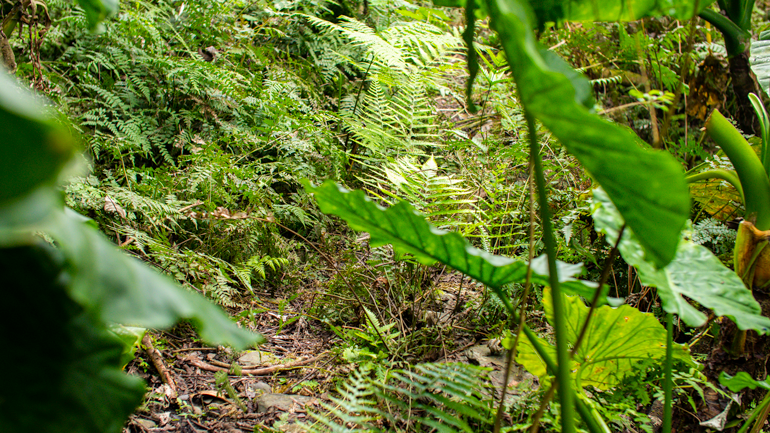
Jiuzhize is a great place for hot-spring soaking, but if you don’t want to get wet yourself you can instead boil eggs and corncobs in hot-spring water, it takes 12~15 minutes for the eggs, 20~25 for the corn to be done.

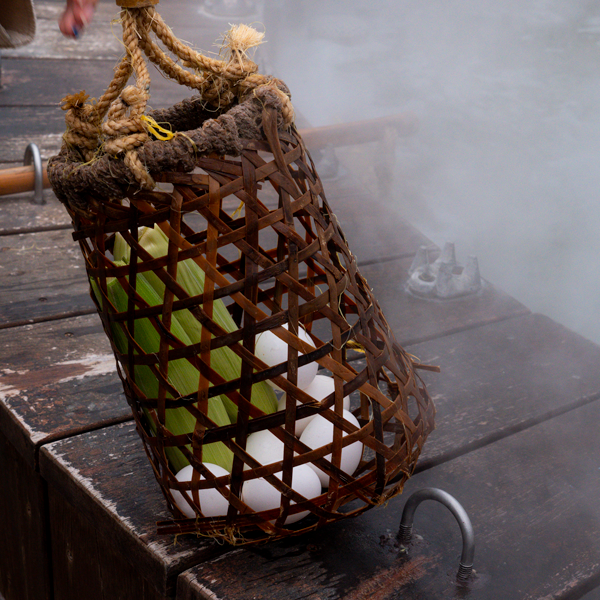
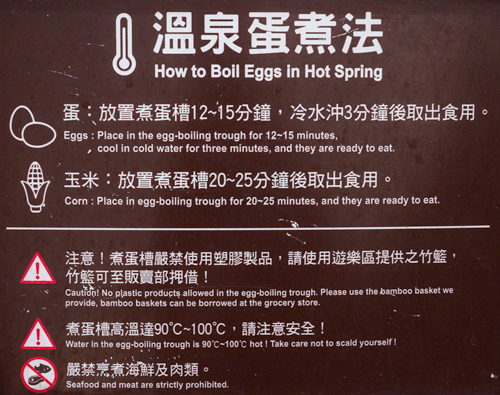

And this was our highly interesting trip to Taipingshan. Thanks to the Forestry Bureau and the Taiwan Thousand Miles Trail Association! Hopefully we can go on more trips together to the amazingly beautiful national forest recreation areas of Taiwan!
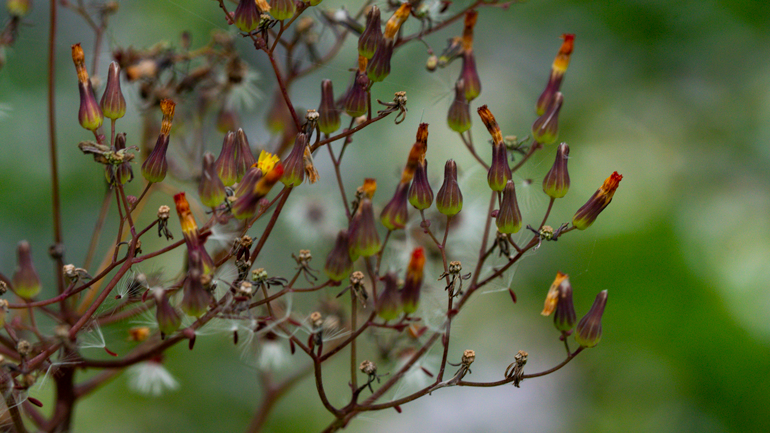
About the author

Twelli
Long-time resident of Taiwan, Twelli likes to go on trips around Taiwan and make videos.







